Authors:
ABSTRACT
Aim
Oral health is important for everyone, but specially for children and people requiring special care owing to impaired
manual ability. Primary prevention, with correct oral hygiene, proper diet, use of fluoride and pit and fissure sealants, can reduce caries
risk thereby improving patients' quality of life. The first aim of this paper was to assess the marginal microleakage of different pit and
fissure sealants after immersion in a cariogenic solution. The second aim was to evaluate the ability of the materials to penetrate into
the bottom of the fissure.
Methods
32 posterior teeth were divided into four groups based on the type of sealant tested: Concise,
Clinpro, Fissurit, Fissurit F. Samples were immersed and stored in a lactic acid solution (pH 4.4, 0.1 M) at 37 C for different
periods: 1 day; 3 days; 7 days; 10 days. Then each sample was stored in erythrosine solution for 24 hours at 37 C. Each sample
was sectioned in a mesio-distal direction and evaluated at the stereomicroscope and subsequently at SEM.
Results
SEM analysis showed that Clinpro and Concise obtained a good penetration inside the fissure and a good adaptation to the enamel wall, while Fissurit
and Fissurit F showed gaps at the sealant-enamel interface and voids.
Conclusion
Sealant application is an important means for caries prevention but, for a lasting effect, it must be associated with good oral hygiene and regular dental check-ups.
PLUMX METRICS
Publication date:
Keywords:
Issue:
Vol.9 – n.3/2008
Page:
Publisher:
Cite:
Harvard: M. Montanari, G. Pitzolu, C. Felline, G. Piana (2008) "Marginal seal evaluation of different resin sealants used in pits and fissures. An in vitro study", European Journal of Paediatric Dentistry, 9(3), pp125-131. doi:
Copyright (c) 2021 Ariesdue

This work is licensed under a Creative Commons Attribution-NonCommercial 4.0 International License.
